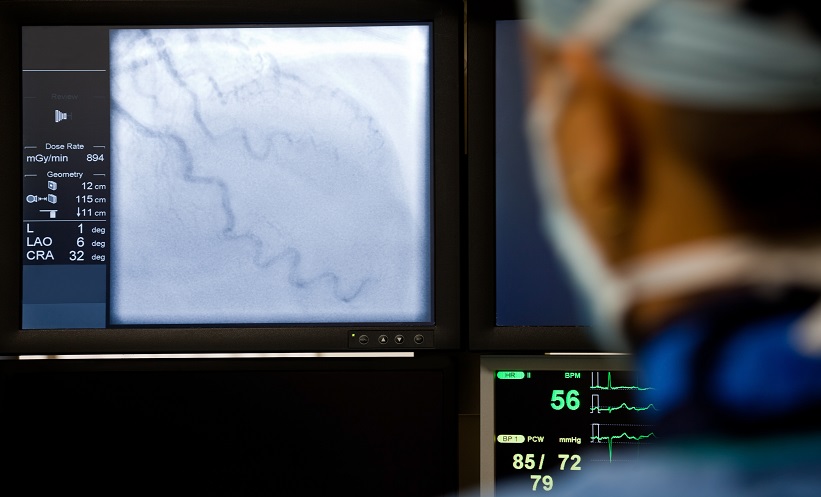A NOVEL imaging technique has been proven to identify subtypes of the adrenal gland disorder primary aldosteronism (PA) more accurately than traditional diagnostic methods. The new imaging approach provided a clearer image of the adrenal glands, according to researcher Jie Ding, Peking Union Medical College, Beijing, China, and colleagues. It will consequently allow doctors to make a more informed decision as to whether surgery is required.
The retrospective study involved using a new imaging technique, 68Ga-pentixafor PET/CT, to examine 123 patients with adrenal micronodules identified by adrenal CT. The analysis also included 104 patients who had undergone surgery or successful adrenal venous sampling. The 68Ga-pentixafor PET/CT data was evaluated by experts for sensitivity, specificity, and accuracy of visual analysis. The data collected was then compared to the results of the adrenal CT and adrenal venous sampling.
Results demonstrated that 68Ga-pentixafor PET/CT showed superior sensitivity, specificity, and accuracy (90.2%, 72.7%, and 86.5%, respectively) in identifying patients with PA that were eligible for surgery, when compared with adrenal CT (73.1%, 53.8%, and 68.3%, respectively). 68Ga-pentixafor PET/CT was also found to predict surgical outcomes more accurately than adrenal venous sampling (82.4% versus 68.9%).
The team concluded that 68Ga-pentixafor PET/CT demonstrated promising results with regards to diagnosing PA, and was proven to be more accurate than adrenal CT. This technology has the potential to change the way patients with PA are diagnosed and treated in clinical settings, making for a more personalised and precise medical approach.
Ding and team added: “For patients, this means an improved chance of getting the right treatment, especially when it comes to deciding whether surgery is necessary. Accurate diagnosis is crucial because it leads to more effective treatments, less unnecessary surgery, and overall better health outcomes.” Further investigation into the new technique’s ability to predict post-operative results and efficacy compared to adrenal venous sampling will be required; however, the initial results appear promising.








